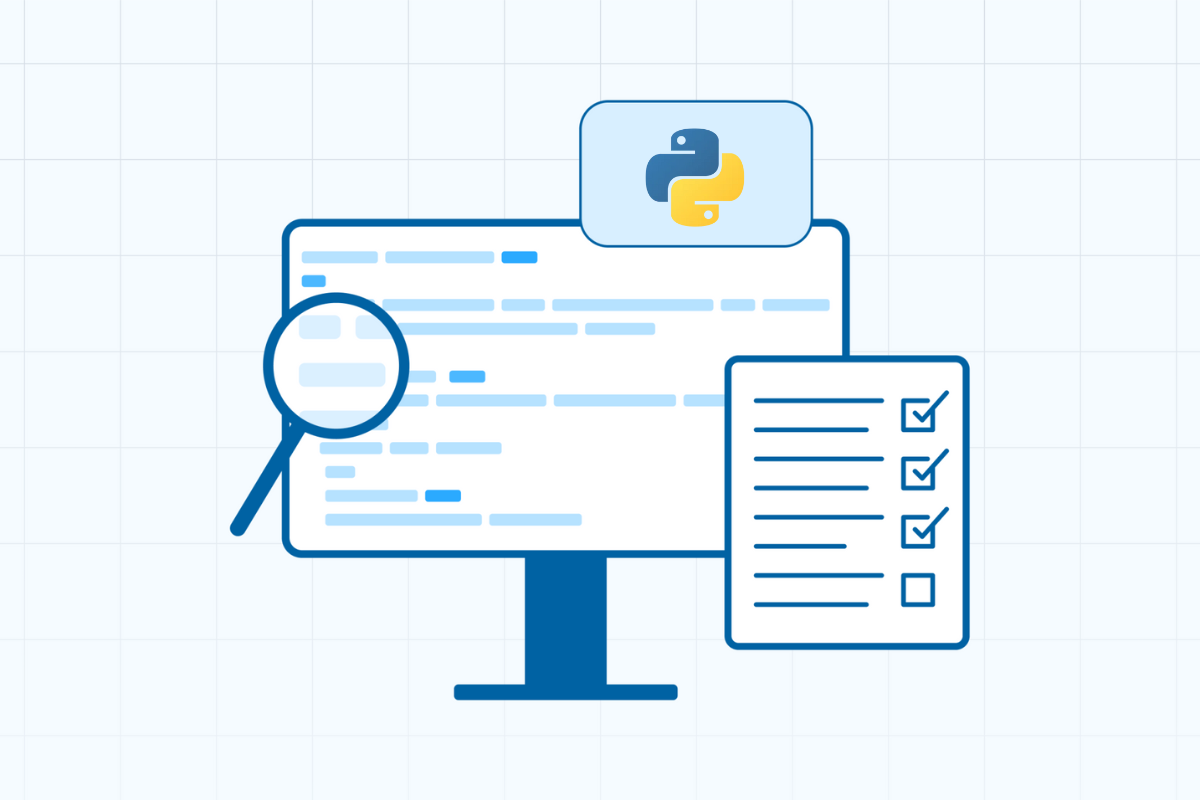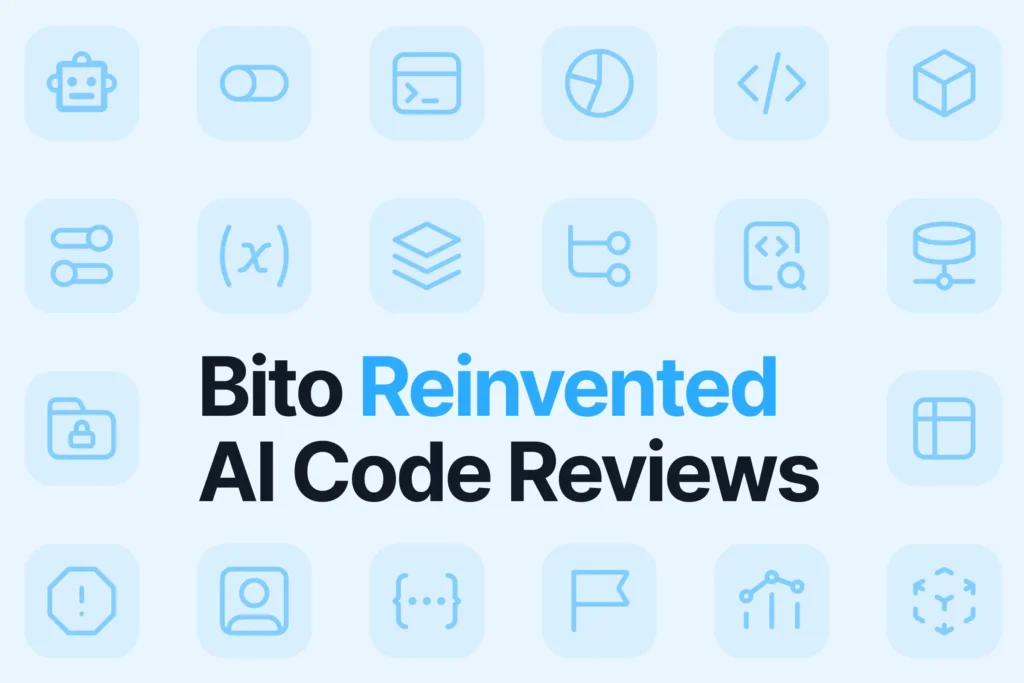Code reviews are essential for maintaining high-quality, maintainable, and secure software. They provide a second set of eyes to catch errors, enforce best practices, and improve the team’s overall code quality.
For Python projects, reviews ensure compliance with the language’s best practices, making the code readable and maintainable. This checklist, based on my experience as a senior Python engineer, will help streamline the review process.
1. Preparing for a code review
Before diving into the code, set yourself up for success:
- Understand the scope: Review the associated ticket or task to understand the purpose of the changes. Look at related documentation or requirements.
- Set up tools: Use a proper code review tool like GitHub, GitLab, or Bitbucket. Install linters (e.g., Flake8) and formatters (e.g., Black) to automate repetitive checks.
- Review dependencies: Check any new dependencies for security and relevance. Ensure requirements.txt or pyproject.toml is updated.
2. Style and formatting
Python’s simplicity depends on clean, consistent formatting:
- Follow PEP 8: Check for proper indentation, spacing, and line length.
- Automate style checks: Tools like Black and isort can save time by enforcing consistent formatting.
- Spot manual errors: Look for redundant whitespace, improper imports, or unused variables.
3. Code structure and organization
Well-structured code is easier to understand and maintain:
- Ensure modularity: Code should be split into logical functions, classes, and modules. Avoid overly long functions or complex classes.
- Follow project conventions: Verify the project adheres to standard Python project structures (e.g., src, tests, requirements.txt).
- Check for pythonic patterns: Ensure decorators, context managers, and dunder methods are used appropriately.
4. Readability and naming conventions
Readable code prevents confusion and reduces errors:
- Use descriptive names: Variable, function, and class names should reflect their purpose (e.g., get_user_data instead of func1).
- Avoid deep nesting: Flatten deeply nested logic where possible.
- Ensure comments add value: Comments should clarify intent, not repeat code. Use docstrings for functions and modules.
5. Functionality and logic
The code must do what it’s supposed to do:
- Test logic: Run the code or tests to verify functionality.
- Check edge cases: Look for scenarios the code might not handle correctly.
- Use built-in functions: Ensure Pythonic solutions like zip or enumerate replace manual loops when appropriate.
6. Error handling
Proper error handling prevents runtime failures:
- Catch specific exceptions: Avoid generic except blocks unless necessary.
- Log meaningful errors: Use Python’s logging module instead of print statements for better traceability.
- Don’t swallow exceptions: Ensure exceptions are re-raised or appropriately handled.
7. Security considerations
Security issues can lead to serious vulnerabilities:
- Avoid hardcoded secrets: Check for environment variables or secure storage for sensitive information.
- Validate user input: Sanitize inputs to prevent injection attacks.
- Review external libraries: Ensure they are maintained and don’t introduce vulnerabilities.
8. Performance optimization
Optimized code saves resources without compromising clarity:
- Identify inefficiencies: Avoid redundant calculations or memory-intensive operations.
- Use pythonic optimizations: Replace list-building loops with comprehensions or generator expressions where appropriate.
- Balance performance and readability: Don’t over-optimize at the cost of clarity.
9. Tests and coverage
Good test coverage ensures robust code:
- Verify tests: Ensure tests exist for all new functionality and edge cases.
- Check completeness: Tests should cover positive and negative scenarios.
- Maintain coverage standards: Aim to improve or maintain test coverage metrics.
10. Reviewing for documentation
Documentation ensures others can easily understand and use the code:
- Update docs: Ensure changes are reflected in README files, APIs, or other documentation.
- Check docstrings: Verify function docstrings explain parameters, return values, and functionality clearly.
- Simplify complex explanations: Avoid jargon and write with future maintainers in mind.
11. Collaboration and feedback
Effective code reviews rely on constructive communication:
- Focus on the code: Critique the code, not the coder. Use neutral, actionable language.
- Prioritize issues: Highlight critical problems first, followed by optional improvements.
- Encourage learning: Share Python best practices and solutions during the review process.
12. Final checks before approval
Before giving the green light:
- Confirm clean code: Ensure debugging artifacts (e.g., print statements) and commented-out code are removed.
- Check CI/CD results: Verify automated tests and pipelines pass successfully.
- Follow commit guidelines: Ensure commits are squashed or organized as per team conventions.
Conclusion
Code reviews are an ongoing learning process. By following a structured checklist, you can provide more consistent, high-quality feedback while improving your own skills. Adapt this checklist to fit your team’s needs, and remember that code reviews are an opportunity for collaboration and growth.
By using these steps, you’ll contribute to better software and foster a stronger development team.






